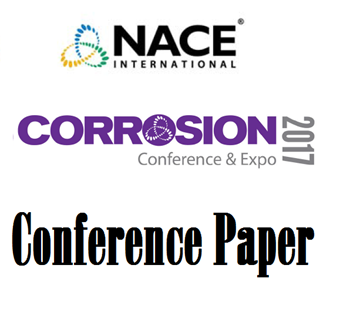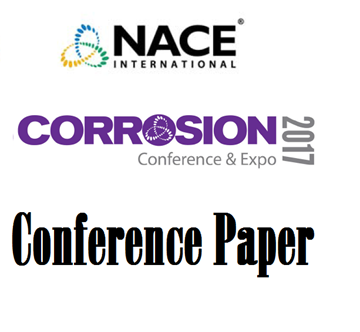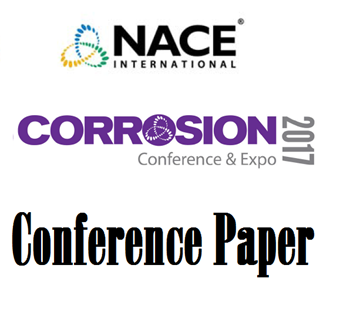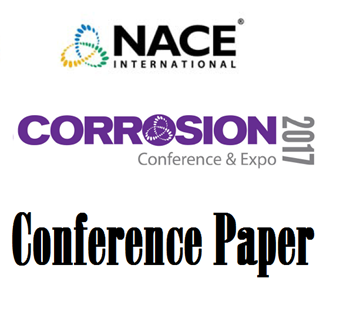Search
NACE Conference Papers
View as
Sort by
Display
per page
Assessment of the Hydrogen Induced Stress Cracking Resistance of Precipitation Hardened Nickel-based Alloys using the Slow Strain Rate Tensile Test Method – Influence of Microstructure
Product Number:
51319-13365-SG
Publication Date:
2019
$20.00
Assessment of the Operating Window of 13Cr- 1Mo 110 ksi Well Tubulars in a Mild Sour Gas Environment
Product Number:
51317--9242-SG
ISBN:
9242 2017 CP
Publication Date:
2017
$20.00
Atmospheric Corrosion Behaviour Of Zinc And Zinc Alloys: Comparison Between Natural And Accelerated Exposure
Product Number:
51321-16804-SG
Publication Date:
2021
$20.00
Atmospheric Corrosion in the Laboratory and the Role of Mass Loss Coupons in Test Monitoring
Product Number:
51317--9125-SG
ISBN:
9125 2017 CP
Publication Date:
2017
$20.00
Atmospheric Corrosion Resistance of Duplex Stainless Steels
Product Number:
51317--8880-SG
ISBN:
8880 2017 CP
Publication Date:
2017
$20.00
Atmospheric Corrosion Resistance of Stainless Steel in Middle East: Result of Field Exposure Program
Product Number:
51317--8964-SG
ISBN:
8964 2017 CP
Publication Date:
2017
$20.00
Atmospheric Corrosion Through the Eyes of a Computer Simulation
Product Number:
51321-16394-SG
Publication Date:
2021
$20.00
Atmospheric Stress Corrosion Crack Growth Rate Analyses of Austenitic Stainless Steel
Product Number:
51317--9408-SG
ISBN:
9408 2017 CP
Publication Date:
2017
$20.00
Avoid Potential Repeated Failure (Cracked Gas Compressor line) Through Proper Material Assessment
Product Number:
MPWT19-14239
Publication Date:
2019
$0.00
Ballast Tank Coating Inspection by Imaging Fluorescent Coatings
Product Number:
41205-169-SG
Publication Date:
2005
$20.00
Behaviour of Damaged Thermally Sprayed Aluminium (TSA) in Aerated and Deaerated Seawater
Product Number:
51319-12766-SG
Publication Date:
2019
$20.00












